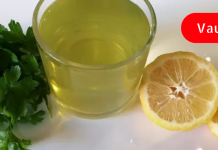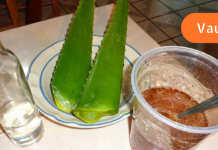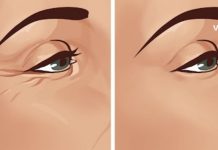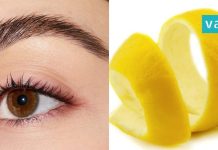I first began seriously thinking about the hardships women face during menopause when I turned 45 and started going through it myself.
I had always believed that menopause was a natural, physiological process—nothing out of the ordinary. I assumed it wouldn’t be particularly hard to endure. But when I was faced with the reality of it, I began to doubt those assumptions.
Modern medicine offers many effective methods for alleviating the symptoms of menopause, but in my case, hormone therapy was not an option. I have liver damage due to a hepatitis B infection I had as a child. My doctors have always warned me to be extremely careful when taking any kind of medication.
That’s when I started thinking about traditional medicine. After all, women have been going through menopause for generations, long before synthetic drugs were available.
I asked my mother how she managed her symptoms. She told me she used to take regular fish oil. I decided to try it myself and bought some fish oil capsules.
I had also read that people who regularly take fish oil often maintain better overall health. They tend to have more youthful skin, a clearer mind, and are at a lower risk for cardiovascular disease and hypertension. That was motivation enough for me to keep taking it consistently.
To help regulate my menstrual cycle, I used chamomile tea. Here’s how I prepared it: I poured 20 tablespoons of boiling water over 1 tablespoon of dried, crushed chamomile, brought it to a boil, filtered it, and drank about one-third of a glass 2–3 times a day, during the seven days between periods. I made sure the tea was warm each time I drank it.
During periods of heavy bleeding, I relied on common yarrow (Achillea millefolium). I used 1 tablespoon of the chopped herb, added a cup of water, boiled it for 15 minutes, let it sit for two hours, then topped it off with boiled water back to the original volume. I would take 1 tablespoon of this infusion 3 to 5 times a day during menstruation.
One particularly effective remedy turned out to be wild asparagus root (also known as “kothkhuri” in Georgian). I grated it very finely and took just a pinch (about the tip of a knife) 5–6 times a day, followed by honeyed water—a teaspoon of honey in half a glass of warm, boiled water.
One of the hardest symptoms to deal with was anxiety and restlessness. What helped me tremendously was a calming herbal blend: 4 tablespoons of St. John’s Wort, 5 tablespoons each of hops, horsetail, and barberry. I poured 250 ml of boiling water over 1 tablespoon of the mixture, let it steep for half an hour, strained it, and drank half a glass 3 times a day.
When I experienced heart palpitations or discomfort, hawthorn tincture was a lifesaver. It’s available in pharmacies, and I would take 40 drops whenever my heart started acting up.
It’s well-known that menopause increases the risk of osteoporosis. But I believe that as long as your bones stay active and under load, there’s little to worry about.
While I’m not into sports, I do physical exercises every morning. I walk a lot and always take the stairs to my apartment on the 8th floor—even without an elevator.
To strengthen my bones naturally, I regularly take crushed eggshells. I wash them thoroughly, pour boiling water over them, let them dry completely, remove the membrane, and grind them into a fine powder. I take a pinch (again, the tip of a knife) three times a day. Right before consuming, I add one drop of lemon juice to enhance calcium absorption.


















